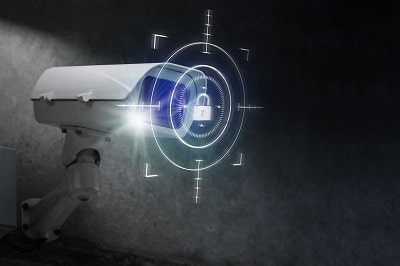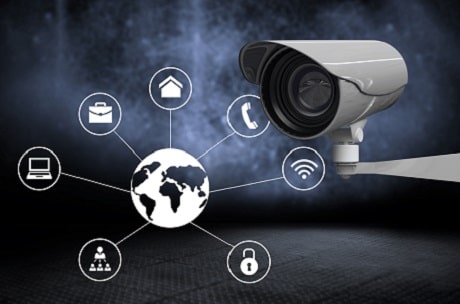Factors to Consider When Choosing a Real-Time DVR
Digital video recorders (DVR) are emerging as the preferred magnetic recorders of the new generation. Modern digital video recorders including real-time DVRs have completely transformed the surveillance industry. Their configuration and maintenance are simple; there is no need to change videotapes or push buttons regularly.
One of the most notable aspects of a security DVR is its ability to record and retrieve a documented project time frame from anywhere on the disk in a split second and in actual time. Today’s DVRs also come with attractive features such as email alerts, and motion-activated recording that you can access easily through the internet.
Besides its speed, a surveillance camera DVR allows for countless replicas of the saved video images without the emergence of errors or deterioration of the picture. The availability of low-cost digital magnetic memory storage devices and advancements in digital signal compression techniques are some of the reasons behind the quick implementation of real-time DVRs and their commercial success.
What is a Surveillance Real-time Recording DVR?
A real-time recording DVR is a security surveillance camera that displays and records at a rate of 30 frames per second (FPS) for each stream of surveillance. The goal is to produce the slickest possible image.
When it comes to surveillance monitoring, you cannot accommodate faulty, unclear, or ambiguous video images. If you capture four channels at 30 frames per second on a four-channel DVR, you get 120 frames per second. If you multiply the number of cameras on a DVR by a factor of thirty, you can ascertain whether it records video in actual time.
If the result is below that count, you are not looking at a real-time recording device but rather a recorded-time DVR. A DVR has a magnetic hard drive with the capacity to store digitally formatted thousands of images and several hours of video images.

Factors to Consider When Choosing a Surveillance DVR
Several individuals are unfamiliar with CCTV but still advocate for a real-time CCTV camera without understanding its recording psychology. The most common error made when choosing DVRs, especially high definition ones, is opting for one even when you do not need it. So, what should you consider before making your selection?
1. Does your company need the device?
The first question you should ask yourself before installing a security DVR is whether your business needs it. Most commercial and residential CCTV installations require video surveillance of 5fps.
You would only need to use the recording device when you want to capture details in fast-moving objects. If you run a casino, you would want to record the fast-moving events at the casino table. The same goes for a cashier booth and others.
2. Storage capacity
It would help to determine how much storage you require and choose a unit with the right capacity. The measurements of the storage unit of a DVR are in gigabytes. An average two-hour streaming video image will consume approximately two 2 GB of available memory.
If you want to watch your videos in high definition, you will need a storage memory space of 4 GB. If your DVR does not have enough storage space, you can always transfer data to an external hard disk.

3. Cost
Cost is another issue you should consider before installing a DVR. Fortunately, compared to NVR (Network Video Recorder), DVR is more cost-effective. However, there are different brands in the market, so you need to compare prices before settling for one that fits your budget.
Remember, you need a separate power source for your DVR connection and several wires and cables. The decision boils down to what you intend to do with the security system. DVR systems are more cost-effective and appropriate for your purposes if you only want to save footage throughout the day to examine later.
However, if you wish to access your footage, you will need to spend more for online access.
4. Support and usage
How many recording modes does the DVR support? A good surveillance-recording device should support multiple methods such as manual, continuous, and scheduled. It should also come with an easy installation procedure and ease of use. The DVR you choose should allow you to manage, record, and change settings remotely from any device.
Wrapping up
The main purpose of setting up a surveillance camera is to have clear pictures that allow you to identify the objects easily. Many CCTV surveillance cameras do not provide smooth and clear pictures making it hard to identify suspects caught on camera.
A real-time DVR displays and records images at 30fps per second for every security channel. They provide high-resolution images that enable you to identify every object caught on camera easily.
